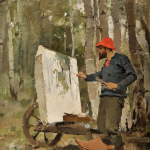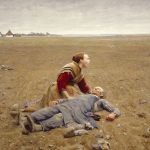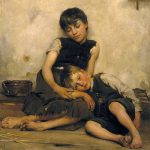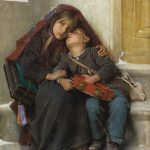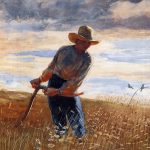
José Vital Branco Malhoa (1855-1933) was a Portuguese painter who is often associated with the Naturalist and Realist movements. He is one of Portugal’s most celebrated artists, known for his diverse body of work, which includes portraits, landscapes, and genre scenes. Here are some key points about José Malhoa’s life and art:
- Early Life: José Malhoa was born on April 28, 1855, in Caldas da Rainha, Portugal. He displayed an early talent for art and received his first formal training at the Academy of Fine Arts in Lisbon.
- Naturalism and Realism: Malhoa’s work is often characterized by its commitment to Naturalism and Realism. He aimed to depict the everyday lives of the Portuguese people, often focusing on the rural and working-class subjects. His paintings often featured detailed and realistic portrayals of people and their surroundings.
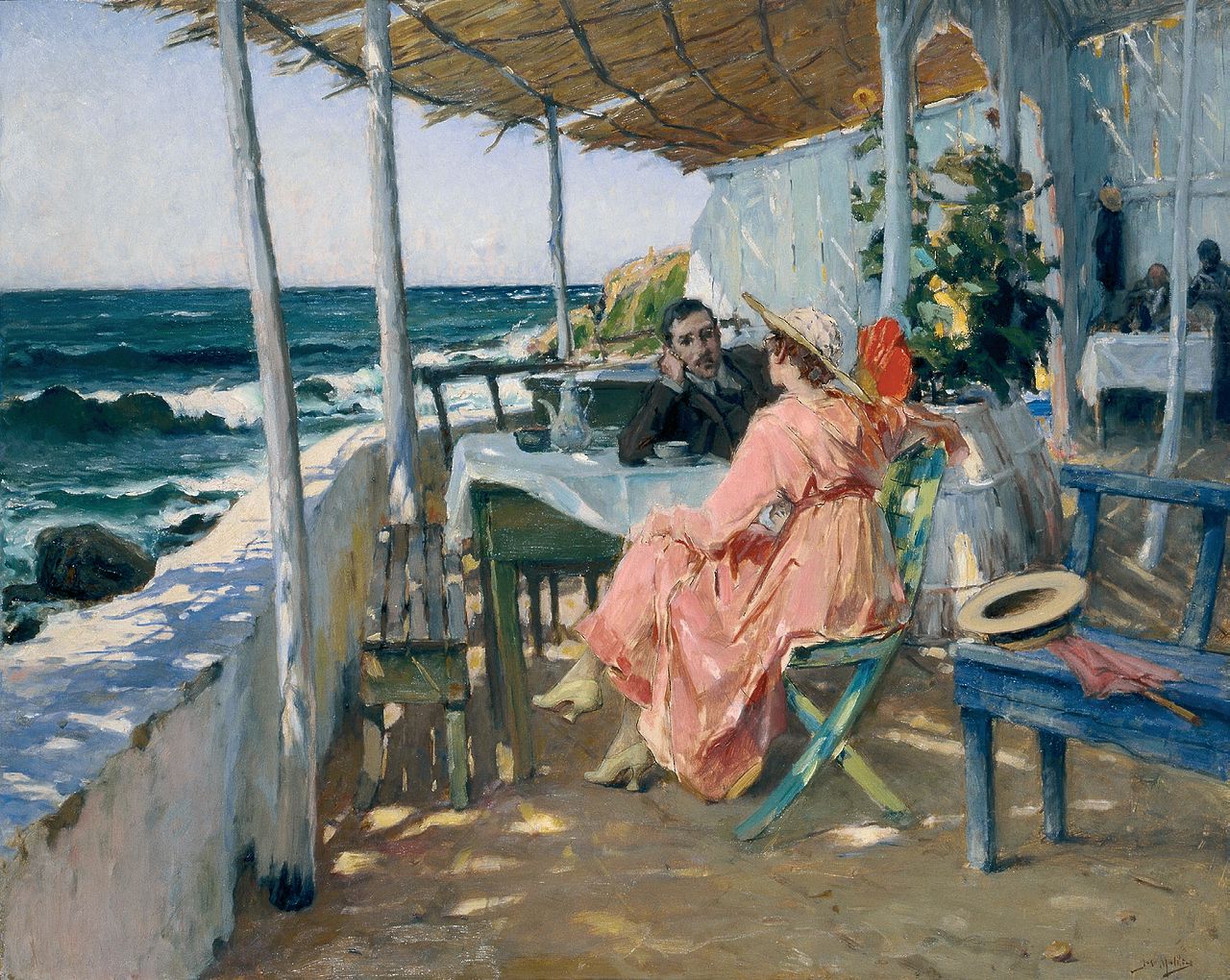
- Influences: Malhoa was influenced by the Naturalist movement and the work of Portuguese artists like Columbano Bordalo Pinheiro. He also drew inspiration from French Realists like Gustave Courbet and Jean-François Millet.
- Famous Works: Some of José Malhoa’s most famous paintings include “Fado” (1910), “O Guitarrista” (The Guitarist), and “Cabeleira” (Long Hair). “Fado” is particularly notable for its portrayal of a traditional Portuguese musical genre, capturing the essence of Portuguese culture.
- Genre Scenes: Malhoa was known for his genre scenes depicting rural life, often featuring farmers, fishermen, and working-class people. These paintings provided a window into the daily lives of the Portuguese population during the late 19th and early 20th centuries.
- Recognition and Legacy: José Malhoa received numerous awards and honors during his career, including the Order of Saint James of the Sword, one of Portugal’s highest honors. His work continues to be celebrated in Portugal, and he is considered one of the most important Portuguese painters of the 19th and 20th centuries.
- Influence on Portuguese Art: Malhoa’s dedication to portraying Portuguese life and culture in his art had a lasting impact on the country’s artistic tradition. He helped to define a sense of national identity through his work.

José Malhoa’s commitment to portraying the everyday lives of the Portuguese people, his dedication to Naturalism and Realism, and his ability to capture the cultural and social aspects of his time have cemented his place as a prominent figure in Portuguese art history. His paintings remain valuable cultural and historical artifacts, providing insights into the rich tapestry of Portuguese society during his era.

